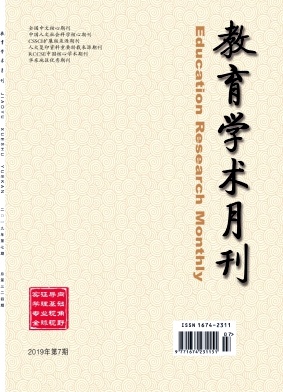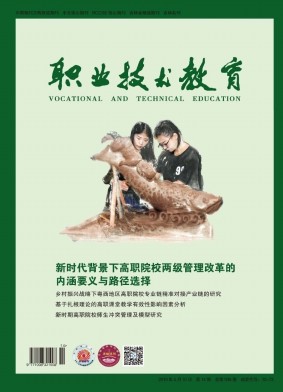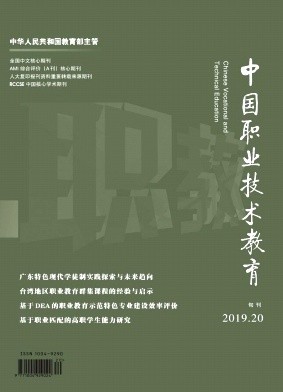摘要 1960年,在云南省丽江市发现了三根古人类股骨,通过地层观察,仅PA108可归为更新世晚期。前人对PA108做了初步报导,为了进一步了解丽江人股骨的演化分类地位和东亚早期现代人股骨形态变异,本文对PA108的内外结构进行了详尽的分析。研究发现,PA108具有明显的早期现代人特征,即明显的股骨粗线、骨干中部后侧骨密质最厚和中部横断面轮廓形状偏椭圆。PA108标本也有一定的特殊性,体现在骨干中近端和中部骨密质厚度分布上,这可能与其股骨嵴发育较弱有关,这一特征也导致了PA108与其他东亚早期现代人之间的形态差异,这些形态变异进一步扩大了目前已知的东亚地区早期现代人变异范围。同时,在采用骨密质厚度分布模式进行分类时,建议关注股骨骨干中部骨密质最厚部位。 In 1960,three Late Pleistocene human partial femora were discovered in Lijiang city,Yunnan province,southwestern China.According to the stratigraphic comparison,only one femur,PA108 could be attributed to Late Pleistocene.Compared with the detailed morphological study of human cranium remain from Lijiang,the femoral fragments have only been reported without detailed study or comparative analysis.Given the scarcity of lower limb bone fossils of Late Pleistocene humans from East Asia,a more detailed report of the partial femora from Lijiang is warranted.Here,we provide a description to supplement the initial report and comparative assessment of the Lijiang PA108 femoral internal and external morphology.Specifically,we analyze diaphyseal structure of PA108 using micro-computed tomography coupled with methods of cross-sectional geometry,geometric morphemtrics,and morphometric mapping.Cross-sectional properties,diaphyseal shapes,and cortical bone thickness distributions of PA108 are compared to those of other Pleistocene hominins.The PA108 was found to be most similar to those of Late Pleistocene modern humans in descriptive morphology with well-developed pilaster,cross-sectional contour shape of midshaft and cortical bone distribution pattern,and distinct from earlier Homo.This similarity provides reliable support for attributing the Lijiang femur PA108 to Homo sapiens.The particularity of PA108 is the cortical bone thickening at medial and lateral aspects mid-proximally compared to Neandertals and other early modern humans,which should be correlated with its weakly developed linea aspera.The prominent femoral pilaster on linea aspera and maximal cortical thickness posteriorly around the region of midshaftof Lijiang femur PA108 is similar to other Late Pleistocene modern humans from East Asia.However,there are still some morphological difference between PA108 and Late Pleistocene modern humans from East Asia,as showin in 1)the more round shape of PA108 midshaft cross-section;2)the thickness difference between medial,
出处 《人类学学报》 CSSCI CSCD 北大核心 2020年第4期616-631,共16页 Acta Anthropologica Sinica
基金 中国科学院战略性先导科技专项(XDB26000000) 国家自然科学基金(41802020) 中国博士后科学基金面上项目(2017M611449)。
关键词 丽江人 股骨骨干 生物力学分析 几何形态测量 形态示量图 更新世晚期 东亚 Lijiang hominin Femoral diaphysis Cross-sectional geometry Geometric morphometrics Morphometric maps Late Pleistocene East Asia




